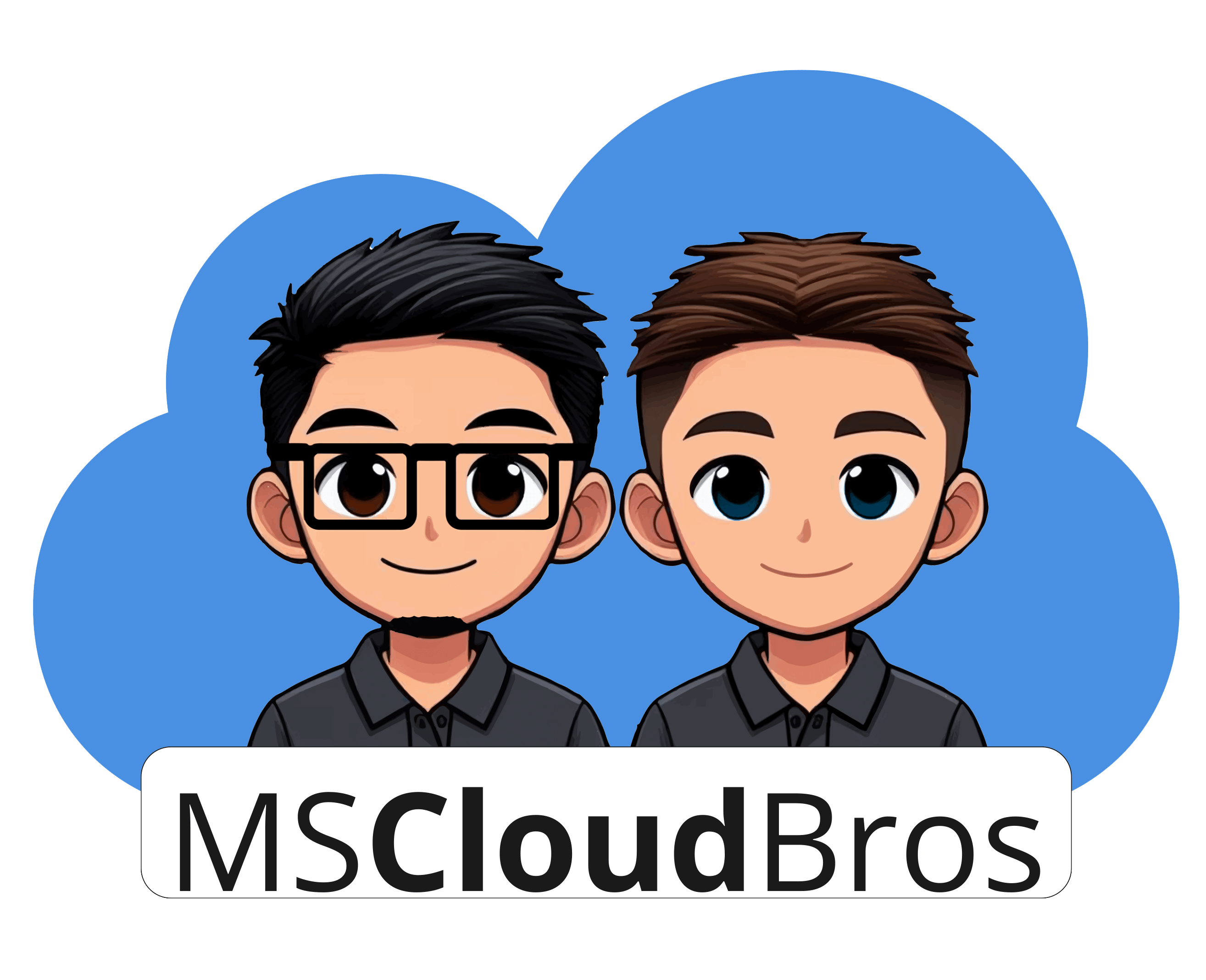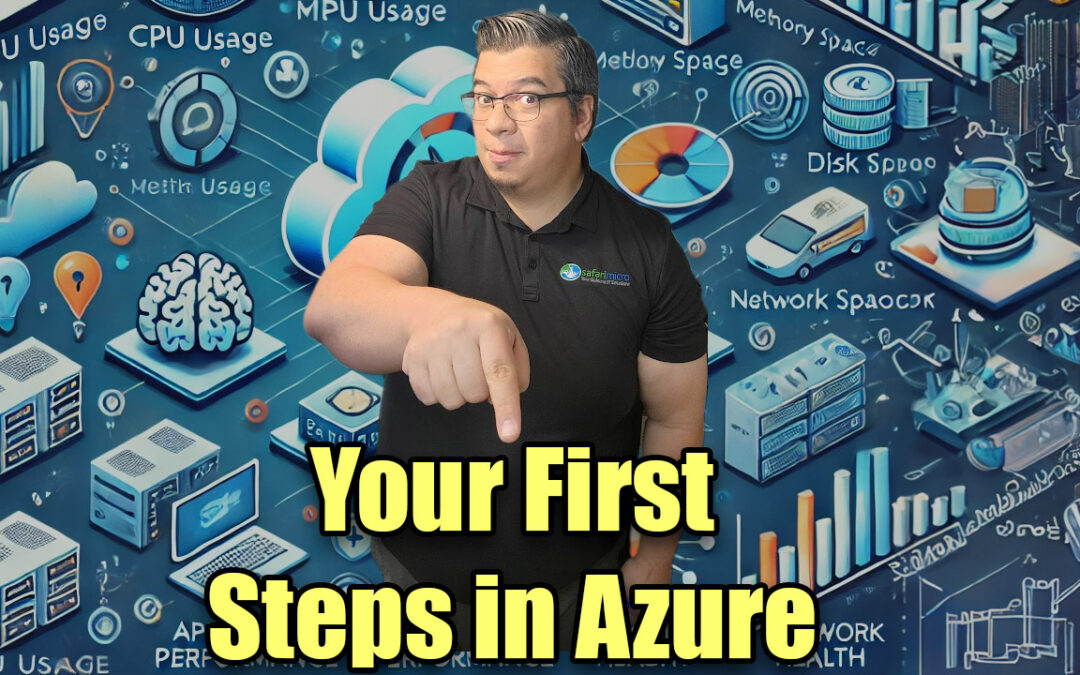When embarking on your journey with Microsoft Azure, it’s tempting to dive right in and start building without delay. With Azure’s versatile platform, this is entirely possible. However, jumping in without prior planning can hinder your growth and satisfaction with Azure in the long run. Instead, consider dedicating some initial time to thoughtful planning. Consider Azure as a new office location housed within Microsoft’s data center—it’s your unique site to design and manage.
1. Importance of Planning Ahead
Just as you would with a physical office, it’s important to plan how you’ll set up your virtual environment. Consider the fundamental architecture of your networks, subnets, and firewall. These early decisions can significantly impact your Azure environment’s functionality and performance. If you establish these aspects thoughtfully now, you’ll find that your Azure environment integrates seamlessly with on-premises assets.
2. Virtual Networks and IP Ranges
One critical area of focus should be your virtual networks and IP address ranges. Ensure that the IP ranges you plan to use within Azure don’t overlap with those used by your existing on-premises environment. Conflicting IP addresses could complicate things when establishing connections, such as a site-to-site VPN, potentially leading to networking issues.
3. Architectural Model and Scaling
Think about your long-term goals with Azure. Do you envision Azure growing to eventually replace your on-premises systems? Whether or not you’re planning that far ahead, forming a clear architectural model is key. Consider creating a DMZ subnet for publicly accessible services and an internal subnet for core infrastructure services like domain services. These choices can help ensure robust security and functionality.
4. Naming Conventions
A carefully thought-out naming convention for your Azure resources is an often overlooked yet crucial step. Avoid default names like “VM1” by employing a systematic naming scheme that identifies the resource type, its region, and whether it belongs to a production or test environment. Microsoft’s documentation offers fantastic guidelines on how to establish an effective naming convention: Defining your naming conventions
5. Resources and Community Support
Starting with Azure doesn’t have to mean going it alone. Take advantage of resources available, including Microsoft’s extensive documentation and the expertise of Azure professionals. Engaging with the Azure community can also offer invaluable insights and guidance. Here’s a link to a list of great Azure blogs: Azure Blogs
Conclusion
Ultimately, the effort invested in initial planning can set you up for long-term success in Azure. While it’s true that Azure allows for prompt adjustments and even complete overhauls, having a clear architecture from the outset can save you time and headaches. Carefully considering your virtual architecture will ensure Azure becomes a robust extension of your business or personal projects. Take that first step with planning—it’s a small investment in time that pays dividends in the future of your Azure environment.

